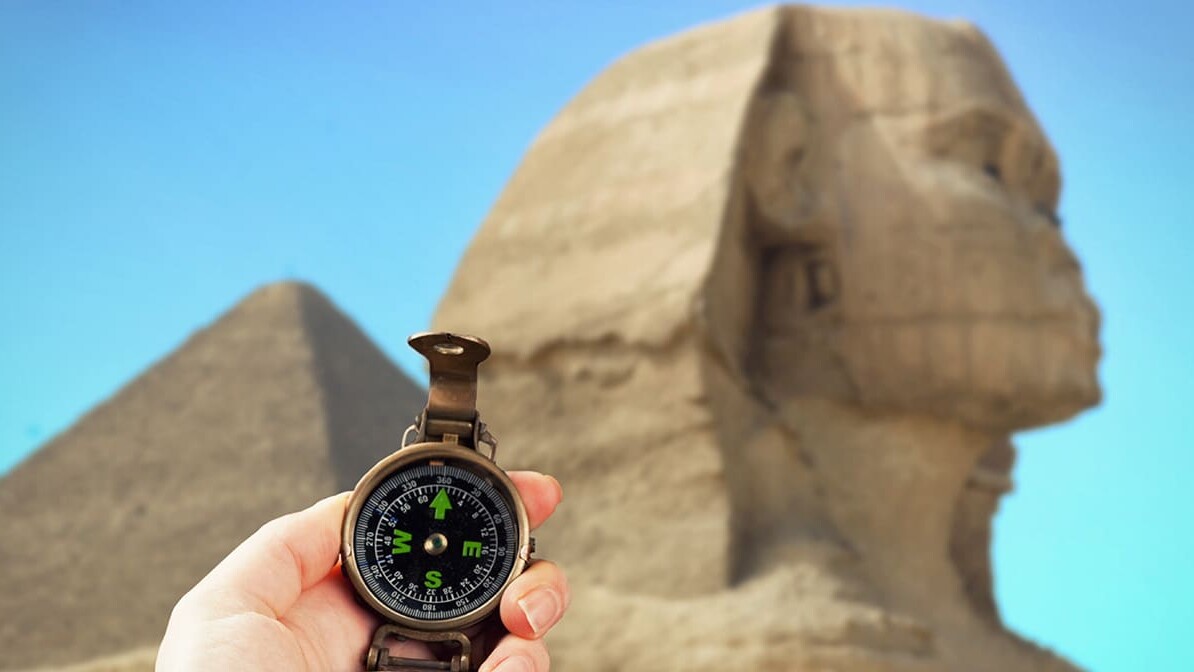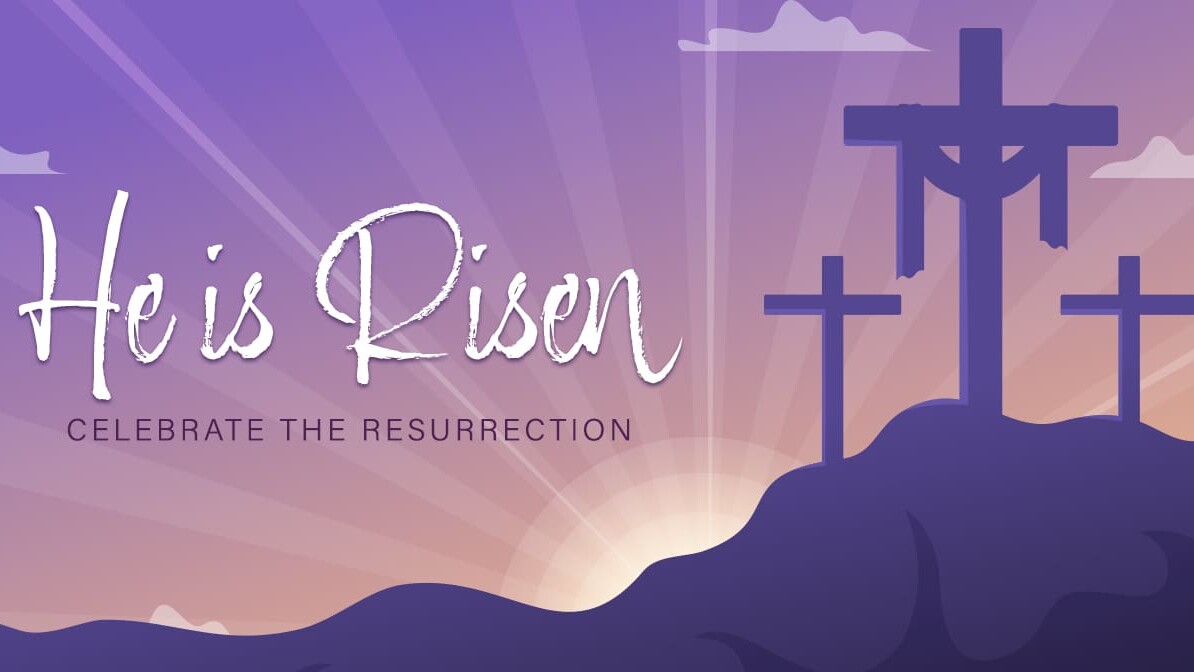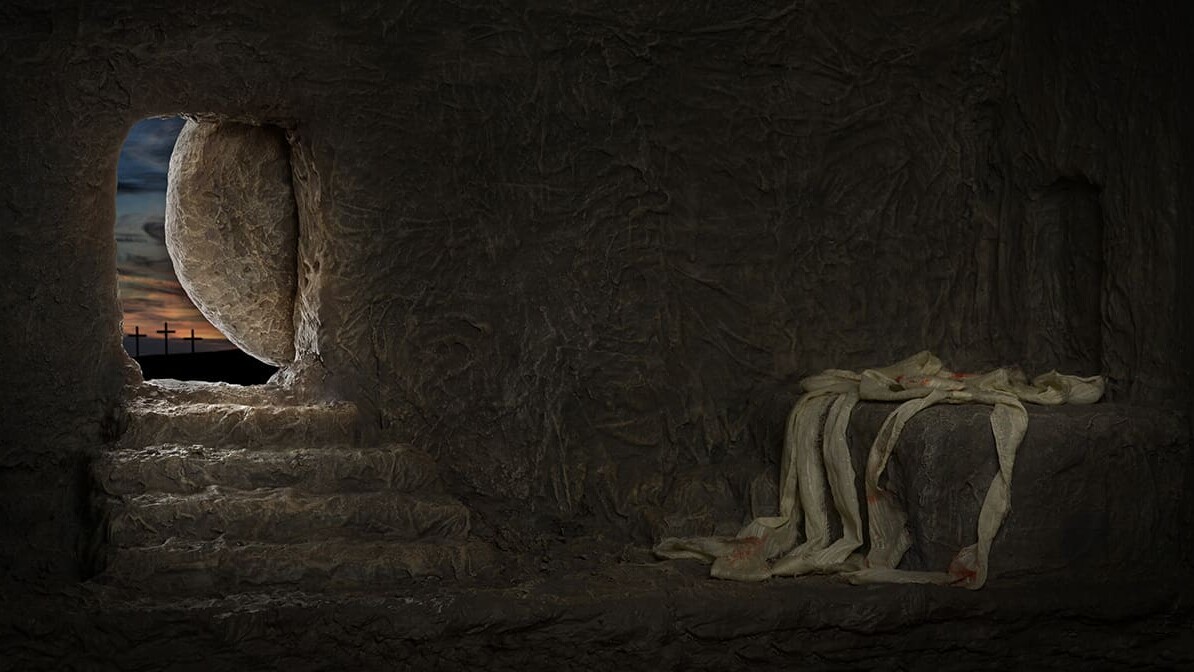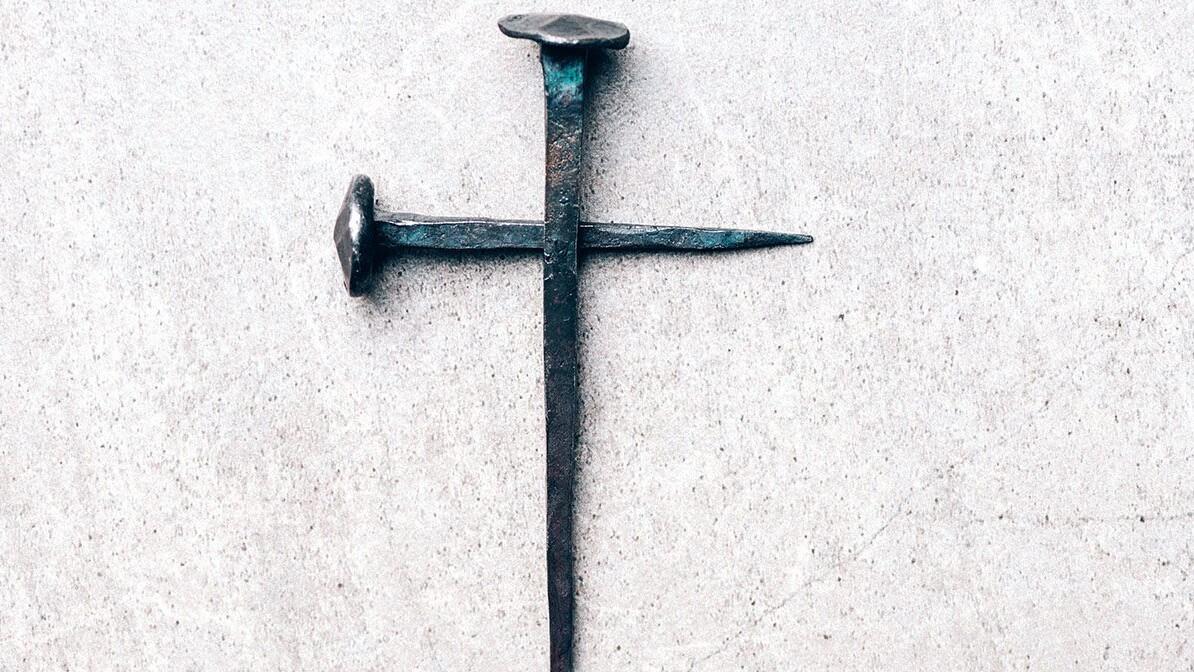
What Is the Significance of Holy Week?
Years ago, I worked in a small office with an agnostic boss, an atheist bookkeeper, and two devout Catholics. One year during Holy Week, our boss asked, “Why do you call it Good Friday? Jesus died!”
Virginia, Mary and I answered simultaneously: “Because if Jesus hadn’t died, we’d still be dead in our sins.”
Without Good Friday, there could be no resurrection.
It’s no wonder that Christians place a great deal of significance on Holy Week, the period beginning with the Triumphant Entry on Palm Sunday and ending with Jesus’ resurrection a week later. Matthew, Mark, Luke, and John wrote a third of their gospels about those eight days.
What does the Bible say about Holy Week? How is it celebrated in western culture?
Palm Sunday (Matthew 21:1-11; Mark 11:1-11; Luke 19:28-44; John 12:12-19)
Jesus entered Jerusalem from Bethany, where he was staying with Mary, Martha, and Lazarus. Perhaps the miracle of Lazarus’s return from death was on people’s minds when the Lord rode into the city on the back of a donkey colt. They welcomed him with wild abandon, hoping he would reclaim David’s throne.
“Palm” Sunday refers to the tree branches people used to line the streets in front of the donkey, in addition to their cloaks. The shouting started when they reached the Mount of Olives, but the rejoicing was tempered by the priests’ rebukes and the tears Jesus shed over the future of Jerusalem.
Also called Passion Sunday, special ceremonies were first held in Jerusalem and didn’t become common in the western church until the 8th century. It’s frequently celebrated with baptisms.
Although no special observances are held on Monday, Tuesday, or Wednesday, plenty happened.
Holy Monday (Matthew 21:12-22; Mark 11:12-25; Luke 19:45-48)
On Sunday, the religious leaders — the Pharisees and the teachers of the law, “scribes,” — had asked Jesus’ followers to tone down their celebration. The conflict intensified throughout Holy Week. On Monday, Jesus went to the Temple and overturned the moneychanger’s tables. He was priest as well as king, and demanded the Temple be returned to a place of prayer.
Holy Tuesday (Matthew 21:23-23:39; Mark 11:26-12:44; Luke 20:1-21:4; John 12:30-50)
Conflict between Jesus and the religious leaders reached a boiling point. They questioned his authority and asked him impossible questions, like paying taxes to the hated Romans. He responded with cutting wisdom and pointed parables. Before the day ended, Jesus lashed back with warnings about the Pharisees’ hypocrisy, including the seven “woes” found in Matthew 23.
The religious leaders decided Jesus must die, setting the road to his crucifixion in motion.
Holy Wednesday (Matthew 24:1-26:16; Mark 13:1-14:11; Luke 21:5-22:6)
On the day also known as “Spy Wednesday,” Judas Iscariot, one of the disciples, arranged with the religious leaders to betray Jesus.
Our Lord spent the day preparing his disciples for what was to come in, teaching known as the Olivet Discourse. He spoke both of the near future — his imminent death and the destruction of the temple in 70 A.D. — and the far future, when he will return to set up his kingdom. His parables touched on watchfulness and judgment.
Although Matthew and Mark mention Jesus’ anointing at Bethany at this point, John’s gospel makes it clear it took place during the previous week (John 12:1-8.)
Holy Thursday (Matthew 26:17-69; Mark 14:12-55; Luke 22:7-53; John 13:1-18:27)
Once Jesus began the Passover celebration with his disciples on Thursday evening, events snowballed through his trials, sentencing, and crucifixion.
During the meal we’ve come to call “The Last Supper,” Jesus explained the significance of the Passover. As John the Baptist said early in his career, Jesus was the Lamb of God. The bread was his body, broken for us, the wine, his blood.
All the gospels mention Jesus’ prediction of his betrayal, his prayer vigil at Gethsemane, and Judas’ betrayal followed by his arrest.
John gives the most detailed account. Jesus washed his disciples’ feet. He taught them about the coming Holy Spirit. He prayed for his disciples, and for those who would come later — for us, in fact.
Holy Thursday is also known as “Maundy Thursday,” derived from the Latin word, “mandatum,” or command. “A new command I give you: Love one another. As I have loved you, so you must love one another” (John 13:34 NIV.) It is celebrated with the observance of the Lord’s Supper, washing of feet, and consecration of anointing oils.
Good Friday (Matthew 26:68-27:61; Mark 14:52-15:47; Luke 22:54-23:57; John 18:15-19:38)
Judas betrayed the Lord and hung himself. Peter denied the Lord but repented.
Jesus was tried before the High Priest and the Sanhedrin, the religious ruling body; before King Herod, the Jewish political leader; and before Pilate, the Roman governor who had the power to sentence him to death. Ultimately the same crowd who had hailed Jesus as King on Sunday demanded his death.
Roman soldiers mocked Jesus and beat him with a cat of nine tails thirty-nine times. The soldiers nailed his hands and feet to the cross and began the death watch.
Many use the Stations of the Cross, the “Via Dolorosa,” to meditate on Jesus’ suffering as he walked to Calvary.
The gospels identify seven statements Jesus made from the cross. Jesus was crucified at noon and died six hours later, a quick end for death by crucifixion. Joseph of Arimathea — a member of the Sanhedrin who believed in Jesus — gave him space in his tomb. Since the Sabbath sundown approached, there was no time for a full burial.
Holy Saturday (Matthew 27:62-66)
Only one event is recorded about Saturday, the Jewish Sabbath, the day between the crucifixion and the resurrection. Aware of Jesus’ promise to rise from the dead, the religious leaders arranged for Roman soldiers to stand guard over the tomb. They didn’t want the disciples to rob his body and claim he was alive again.
“Holy Saturday” is also known as the Easter Vigil and marks the official end of Lent. It is often accompanied by fasting, representing the absence of light and life through that awful day of waiting.
Resurrection Day (Matthew 28:1-10; Mark 16:1-14; Luke 24:1-49; John 20:1-23)
Early in the morning following the Sabbath, the woman who supported Jesus’ ministry wanted to prepare his body for burial. They discovered an empty tomb, and an angel greeted them with words that make my heart sing: “He is not here. He is risen, just as he said.” The same thing happened to Peter and John.
The first person to see Jesus after his resurrection was Mary Magdalene. That afternoon, Jesus joined two men as they walked to Emmaus and explained what must have happened. They didn’t recognize him until he broke bread with them and prayed. That evening, Jesus appeared in the upper room where the remaining eleven disciples had congregated.
Many of our current Easter practices have their origin in pagan spring rituals that celebrate the cycle of new life coming from death. Many churches and communities hold a Sunrise Service, commemorating the discovery of the empty tomb by those faithful women who followed Jesus.
As Paul would later say, without the resurrection, our faith is in vain. Hallelujah! Our Lord is alive and because He lives, we too shall live!
Trending Now
Sign up today for your Inspiration Today Daily Newsletter
Supercharge your faith and ignite your spirit. Find hope in God’s word. Receive your Inspiration Today newsletter now!
Darlene Franklin
Darlene Franklin is a warrior woman who happens to live in a nursing home. She is a prolific novelist, magazine writer, and poet.
Related Articles
April 1, 2024
Come Out of Egypt
When I see all the blessings and breakthroughs offered to us in God’s appointed times, I have a…
March 29, 2024
It’s Time to Rise Victoriously
Happy Resurrection Day! Today, we are reminded of the incredible hope that springs forth from the…
March 29, 2024
Where Is Jesus?
Years ago, the youth at our church were conducting the sunrise service and recreating the Easter…
March 29, 2024
Why Is Good Friday Good?
Because of Jesus ... On Good Friday, we commemorate the suffering and death of Jesus on the cross ……
Next Steps To Strengthen Your Walk
Submit A Prayer Request
We are here for you. Simply click on the button below to reach us by form, email or phone. Together we will lift our hearts and voices with you in prayer.
Partner WIth Us
Sow a seed of faith today! Your generous gift will help us impact others for Christ through our global salvation outreach and other faith based initiatives.
Inspiration TV
Watch Christian content from your favorite pastors, christian movies, TV shows and more.







